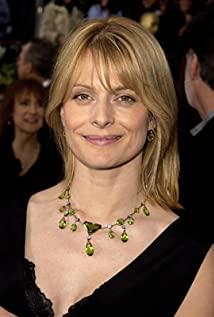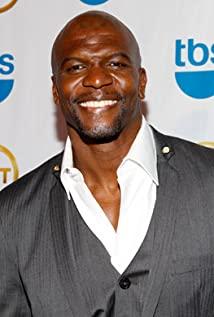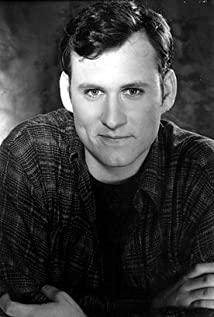I have always believed that David Lynch's films are like a huge maze with multiple entrances. Although it takes a lot of trouble, it will definitely go out smoothly. What you need to enjoy is the joy of exploring the road and racking your brains for analysis. The "Inland Empire" we are facing this time is a larger and more complex maze...
If the previous films, such as "The Wilderness of the Night" or "Mulholland Drive" still have the logic of the plot, it can be ok Pursue, this "Inland Empire" is really cut and chaotic,
"Inland Empire" is actually somewhat similar to "Mulholland Drive", first of all, the story revolves around the two heroines What unfolded: Nikki and the unknown Polish woman in "Inner", Rita and Betty in "Mu", even the two girls were blond, brunette, and the dark-haired woman looked a bit of Eastern European descent (Inner) Karolina Gruszka, who plays the Polish girl in , is Polish). Secondly, the storyline is all related to Hollywood, movie shooting and casting: Betty's Hollywood dream in "Mu", "Inner" also uses movie shooting and casting as a clue to the plot, as well as the starlight that appears at the end of the movie Avenue, Hollywood street sign. Then there's the cinema at the end of both films: the "Silent" cinema in "Mu", and the cinema that Nikki finally found in "Inner". What's more interesting is that when I checked the cast list on IMDB, I found that there are also Naomi Watts and Laura Harring in "Lu". I really can't remember who Laura Harring played. Naomi Watts turned out to be for Voiced by Rabbit Man in the film.
The entire analysis of "Lu", although it is not "vast", still requires a lot of trouble. I remember that after reading the analysis of "Mu" like a paper, I was already dizzy, let alone Sort out some ideas and write a decent review. It's right to remember a little bit of confusion and happiness when watching a movie.
"Inner" is a dream of a Polish woman, a process of her psychological activities to balance her life. In the dream, she transformed into an actor Nikki, Nikki received a new play and played Suesan, while Nikki and actor Devon ( Biily in the play) cheated, betrayed her husband, was discovered by her husband and Devon's wife, and was finally stabbed to death by Devon's wife on the street. In this dream, Nikki's identity is also her own and her Suesan. Middle shift. In fact, the real Polish woman's husband betrayed her. In her dreams, she always tried every means to get revenge on her husband (cheating, letting her husband say that he was infertile, but in reality they had children). Whether in reality or in dreams, the image of the husband is unified, which is also an important basis for analyzing the plot. At the end of the film, Nikki runs into the room, kisses the Polish woman, and disappears (I'm really not used to such a straightforward expression suddenly).
Scene switching is an important means of explaining the plot in the movie. I remember that when watching "Mu", I can feel the obvious switching between space and scene. For example, when the protagonist moves from point A to point B, there are not too many repeated scenes. In "Inner", several scenes have been repeated, Nikki's luxurious home (imagined by the Polish woman), the Polish woman's dilapidated home (where Nikki and Devon rendezvous), the Polish woman's TV room, the studio, A street in a European city, a street in Hollywood, the detective's room that Nikki found, and the rabbit-man's room. These scenes appear many times in the film, and they change between them. For example, Nikki went directly from the studio to the Polish woman. In the end, the Polish woman ran directly back to her home from the TV room. When she saw these scenes, the first thing that came to her mind was the outer world and the inner world in Silent Hill. No one could tell whether the two worlds were real. , the two worlds are interdependent and interdependent, but in "Inside", David Lynch blurs the boundaries of the dream world even more. These scenes are the places where Polish women's dreams are transformed. In a different scene, at the end when the knot is unraveled, Nikki enters the bunnyman's room and everything disappears.
After watching it once, there are still a lot of details that I can't understand. The old lady next door to Nikki who appeared at the beginning and the end is very strange. The camera keeps turning around on her face. Come. And why did that Japanese girl keep talking about Nikki's house, blonde girl and monkey, and finally these really appeared in Nikki's house, yearning for a better life? happy ending?
Another idea is that there are repeated Eastern European prostitutes in the film, as well as scenes where they chat and do nothing. Is it possible that David Lynch is talking about prostitutes this time? What happened to Eastern European prostitutes in America?
View more about Inland Empire reviews











